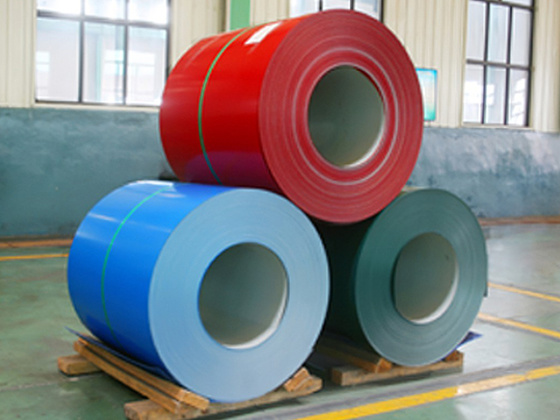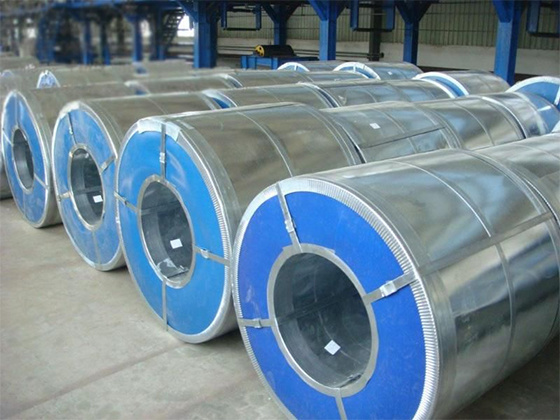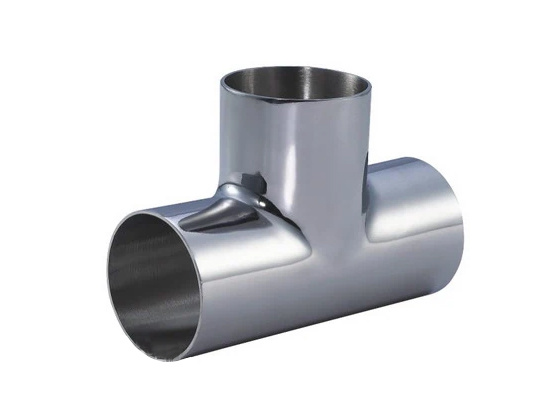Contact Us
E-mail:
sunjiyang@meidexiang.com
Tel/Wechat/WhatsApp:
+8618633701166
Tel/WeChat:
+86-13663271100
Address:
Hope New District, Mengcun, Cangzhou City, Hebei Province, China (East of Lijiapu Bridge, Cangyan Road 283)

I-beam
- Product Description
-
I-beams, also known as steel beams, are long steel materials with a cross-section in the shape of an I. They play an important role in various fields such as construction and machinery manufacturing. Here is a detailed introduction.
Structural characteristics of I-beams
Unique cross-sectional shape: The cross-section of an I-beam presents a typical I shape, consisting of two parallel flanges on the top and bottom and a vertical web in the middle. This shape allows the I-beam to effectively distribute forces across the entire cross-section when bearing loads, fully utilizing the mechanical properties of the material, thus providing a high load-bearing capacity.
Cooperative action of flanges and web: The flanges mainly bear bending stress, and their width and thickness design enable the I-beam to provide significant bending stiffness when subjected to lateral loads. The web primarily bears shear stress, and its height and thickness design ensure that the I-beam has sufficient shear capacity when subjected to vertical loads. The cooperation between the flanges and web allows the I-beam to maintain stability under complex loading conditions.
Classification of I-beams
Standard I-beams: Generally made from ordinary carbon steel or low-alloy steel through hot rolling, their specifications are represented by the height of the web (h) × width of the flange (b) × thickness of the web (d), with units in millimeters. Standard I-beams have a certain slope on the inner side of the flanges, and care must be taken with the installation direction to ensure their load-bearing performance.
Lightweight I-beams: Compared to standard I-beams, lightweight I-beams have relatively narrower flanges and thinner webs, making them lighter for the same cross-sectional area. Lightweight I-beams are suitable for structures with specific weight requirements, such as lightweight buildings and shelves.
Wide flange I-beams: Wide flange I-beams have larger flange widths, and the inner and outer sides of the flanges are parallel, which enhances their performance when bearing bending moments and torques. Wide flange I-beams are typically used in large structures that require high load-bearing capacity and stability, such as high-rise buildings and bridges.
Performance advantages of I-beams
High strength and load-bearing capacity: Due to their reasonable cross-sectional shape and material properties, I-beams can withstand significant axial pressure, tension, and bending moments. In building structures, they can serve as main load-bearing components such as beams and columns, effectively supporting the weight of buildings and external loads.
Good stability: The cross-sectional shape of I-beams makes them less prone to twisting and deformation under load, providing good stability. This is crucial for ensuring the safety and reliability of structures, especially when subjected to dynamic loads or complex stresses.
Ease of processing and installation: I-beams can be easily processed into various shapes and sizes through cutting, welding, drilling, etc., to meet the needs of different projects. Additionally, their regular shape facilitates quick installation and connection on construction sites.
Application fields of I-beams
Construction industry: I-beams are one of the commonly used steel materials in building structures, used for constructing industrial plants, high-rise buildings, bridges, towers, etc. In these structures, I-beams can serve as beams, columns, trusses, and other components, playing an important role in supporting the weight of buildings and transferring loads.
Machinery manufacturing: In the field of machinery manufacturing, I-beams are often used to make bases, supports, workbenches, etc. Their high strength and stability ensure the smooth operation and reliability of machinery.
Vehicle manufacturing: In the manufacturing of railway vehicles, automobiles, and other transportation tools, I-beams can be used to make frames, body structures, and other components to meet the strength and stiffness requirements during vehicle operation.
Mining and metallurgy industry: I-beams are widely used in the support of mine tunnels, hoisting equipment in mines, as well as in the workshop structures and conveying equipment of metallurgical plants. They can withstand harsh working environments and significant loads, ensuring the normal operation of production equipment and the safety of personnel.
Key points for selecting I-beams
Choose based on load size and nature: First, it is necessary to clarify the type, size, and distribution of the loads that the structure will bear. For structures bearing large static loads, such as building foundations and columns, standard I-beams or wide flange I-beams can be selected; for structures bearing dynamic or impact loads, such as the main beams of bridges and cranes, I-beams with better toughness and fatigue resistance should be considered.
Consider the span and height of the structure: The span and height of the structure also significantly influence the selection of I-beams. In cases of larger spans, to reduce the deflection and deformation of the beams, I-beams with larger moment of inertia should be chosen, such as wide flange I-beams or by increasing the size of the I-beams to enhance their bending capacity. For structures with height restrictions, it may be necessary to select I-beams that are shorter in height but have wider flanges to meet spatial requirements.
Combine engineering environment and durability requirements: If the project is in a harsh environment such as humidity or corrosion, it is advisable to prioritize I-beams with good corrosion resistance, such as galvanized I-beams or I-beams treated with anti-corrosion coatings. Additionally, the durability and maintenance costs of the I-beams should be considered based on the project's lifespan requirements.
Hot Tags:
Inquire Now
Note: Please leave your email address, our professionals will contact you as soon as possible!





